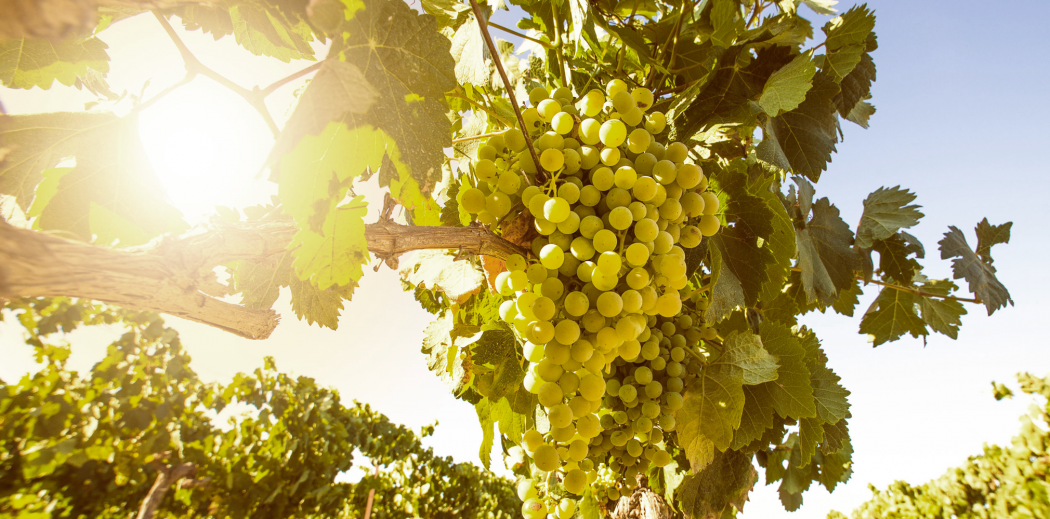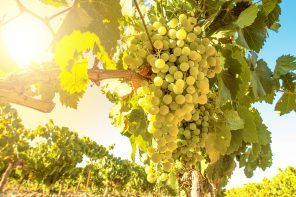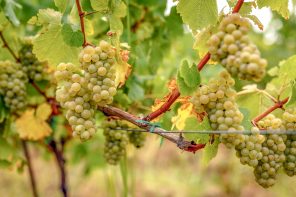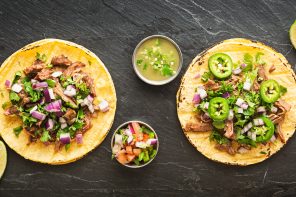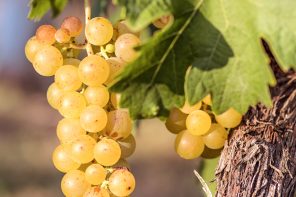How often do we think about where the grapes that go into our wine come from? Not the vineyards or even the soil itself. Rather a variety’s origins, the star-crossed vines that brought our favorite grape varieties into being. This is for those of you with an interest in genealogy. Let’s talk lineage.
Humble Gouais Blanc aka Weißer Heunisch aka the grape that spawned a thousand grapes. Not literally of course, but the centuries-old variety got around in its time. Its offspring can be found everywhere from Portugal to Slovakia and just about everywhere in between. Although its origins are a bit unclear, the general consensus is that Gouais came from somewhere in Central Europe then spread out across the Continent. During the Middle Ages, it was the grape of the plebs, grown extensively by the lower classes in France; only Pinot Noir was good enough for the Burgundian nobility.
Given its lengthy history and the fact it was often planted in and around other vines, Gouais had plenty of opportunities to get busy. And get busy it did. Its most famous progeny is Chardonnay, the scion of Gouais’ prolific pairing with Pinot. Together these varieties are also the proud parents of Gamay (Blanc and Noir), Melon de Bourgogne, Sacy, Aligoté and quite a few others besides. This vinous Casanova also sired Blaufränkisch, and more importantly the noble grapes Riesling, Chenin Blanc and Furmint, the latter of which is famous for that Hungarian honeyed nectar Tokaji. It is mother to the not so noble Colombard, the workhorse grape that is integral to Cognac, Armagnac and the lives of cigar aficionados worldwide. Bottom line? There are over eighty known varieties that can claim Gouais as a parent.
Naturally, there are shades of family likeness. Gouais has Riesling-esque high acidity, can show citrus and green apple notes à la Chardonnay, and be slightly herbal like Aligoté. It’s high yielding like Blaufränkisch, a quality that was one of the reasons behind its extensive cultivation by the peasantry. Gouais can even be prone to botrytis like Furmint and Chenin.
Now hovering on the fringes of extinction, Gouais has seen better days. There was once a time when the fecund grape was plentiful in vineyards, but a combination of legislation which banned it and phylloxera sounded the death knell for Gouais. It’s rarely grown anywhere today though there are a few outposts where Gouais vines can still be found. You can pick up a bottle of Swiss Gwäss, as it’s known in the Confoederatio Helvetica, thanks to the efforts of volunteers and grape geneticist of Wine Grapes fame, Dr. Jose Vouillamoz. There are even the few odd Australian examples, including a producer who makes an old vines version.
Though today it may not be much more than a curiosity, the preservation of Gouais is not a cause that should be altogether dismissed. Yes, it has been held in poor regard for most of its existence. Yes, the wines can be on the neutral side. But this great matriarch (or patriarch depending on the crossing) deserves more than to go gentle into that good night. As the founder of a dynasty that includes some of the world’s most well-loved grapes, Gouais is worthy of more than a handful of hectares of vineyard space.

